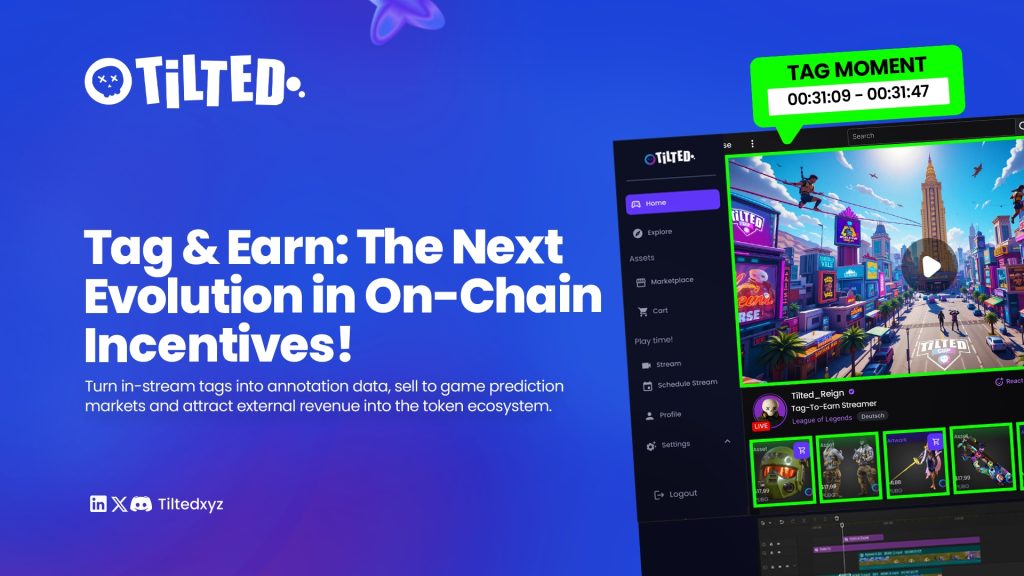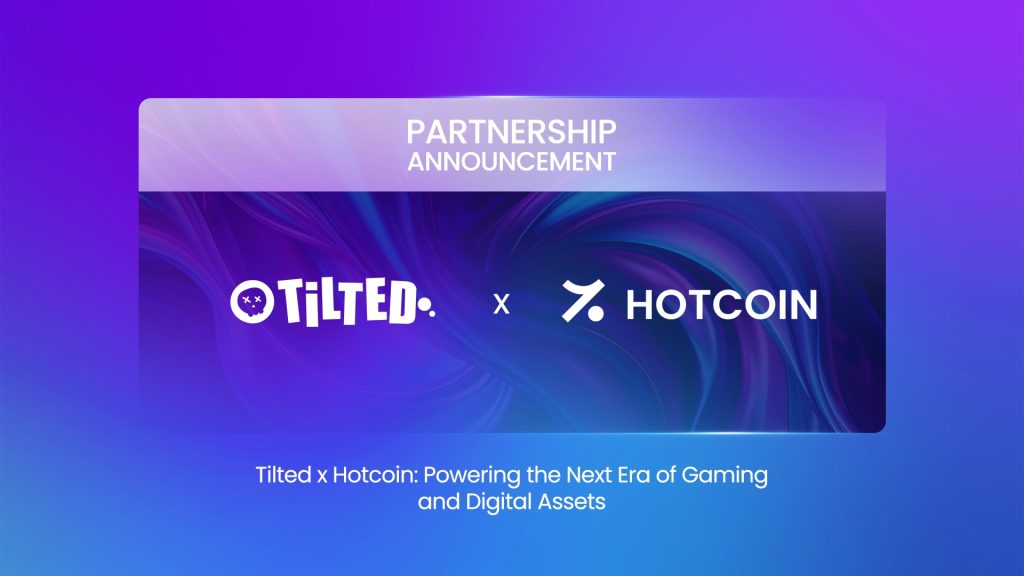In the early 2020s, Play-to-Earn (P2E) took the blockchain gaming world by storm, offering players the chance to earn cryptocurrency through gameplay. The model gained global traction, particularly in emerging markets, with titles like Axie Infinity leading the charge. For a while, it seemed like the future of gaming economics had arrived. But the rapid rise was followed by an equally sharp decline. Token prices collapsed, user growth stagnated, and confidence in the sustainability of P2E waned. What was once heralded as a revolution began to be seen as a cautionary tale.
At its core, P2E struggled with several fundamental flaws. Players were rewarded in native tokens for spending time in-game, but the value created rarely extended beyond the game environment. The economic model was overly reliant on a constant influx of new users to sustain token prices. Rewards flowed in one direction—outward to players—but little value returned to the system. Tokens became inflated, and once the novelty wore off or the user base plateaued, demand dried up. Even at the peak of Axie Infinity’s popularity, the ecosystem proved fragile. When the token lost more than 95% of its value, it highlighted the consequences of designing an economy around speculative growth rather than sustainable utility.
In the aftermath, both users and investors grew more discerning. Speculation alone was no longer enough. The market began to reward models grounded in real value creation—particularly those where tokens were backed by revenue-generating activity outside the core user base. This is the context in which Tag & Earn has emerged, positioning itself as a smarter, more sustainable evolution of the P2E concept.
Tag & Earn doesn’t ask users to play; it asks them to observe, engage, and contribute to a broader data economy. Pioneered by Tilted, this model allows viewers of game livestreams to earn tokens by tagging key in-game moments in real time—headshots, comebacks, clutch plays, and other significant events. These tags are more than just interactive features. They are structured data points that, when verified, hold value for multiple industries. AI training systems, esports analytics platforms, and prediction markets all require high-fidelity, time-stamped data to function effectively. Tag & Earn creates it on the fly, directly from the community.

The system is designed with validation in mind. A mix of AI models and peer review mechanisms ensures that tags are accurate before rewards are issued. Verified contributions are compensated in $TLT, Tilted’s native token, which is issued on-chain. Unlike P2E systems where tokens were effectively printed in exchange for time spent, Tag & Earn ties rewards to the production of something useful—machine-readable data with market value. That changes the token’s foundation entirely. Instead of relying on user growth alone, the system introduces external buyers and revenue, creating a circular economy that is fueled by real demand rather than speculative inflows.
This distinction is critical. Data is one of the most valuable assets in the modern digital economy, and labeled, structured gameplay data is in increasingly high demand. Data labeling is critically important to the AI community right now because the success of most modern AI systems—especially those based on machine learning and deep learning—depends directly on the quality, accuracy, and structure of their training data.
AI developers can use it to fine-tune models for gameplay understanding or computer vision. Esports organizations can use it to analyze performance. Betting and prediction markets can use it to create real-time odds with greater precision. In each case, the tagged data has identifiable economic utility. That utility is what supports $TLT’s value—making it far more sustainable than P2E’s inward-looking token economies.
Tilted’s approach is also well-aligned with Ethereum-native investor interests in 2025. In a cycle where capital is flowing into applications with clear revenue paths and real-world relevance, Tag & Earn stands out. The model is compatible with Layer 2 solutions, allowing fast and inexpensive interaction while ultimately settling on Ethereum mainnet for security and composability. Integration with DeFi infrastructure allows $TLT to be used in staking, lending, and liquidity provision, deepening its role within the broader Ethereum ecosystem. Most importantly, the system enables real economic activity—users contribute something of value, that value is sold, and proceeds are reinvested into the network.
Tilted also benefits from several strategic advantages that make its implementation of Tag & Earn particularly compelling. The platform isn’t tied to any single game or streaming service. It supports multiple platforms—Twitch, Discord, and more—allowing a wide range of communities to participate. Its AI-backed validation stack improves the quality and reliability of its data outputs, reducing the noise and fraud that often plague user-generated tagging systems. And its token distribution model is responsive to demand: rather than issuing static rewards, it calibrates payouts based on the actual value of the data being produced.
The result is not just another crypto reward mechanism—it’s a new kind of on-chain labor economy. Viewers, fans, and community members are no longer passive participants. They become data workers, contributing to a growing dataset with tangible utility across industries. That data becomes the foundation for an economy that spans gaming, AI, and finance, all powered by blockchain infrastructure. If P2E was about personal gain—earning tokens for time spent—Tag & Earn is about creating shared value. It transforms attention into structured information, and that information into income.
In the coming months, Tilted plans to roll out Tag & Earn across its supported platforms. As it does, the industry will be watching closely. The question is no longer whether blockchain rewards can scale—but whether they can do so sustainably, without falling back into the pitfalls of the past. If Tag & Earn proves successful, it won’t just be a better version of Play-to-Earn. It will be something fundamentally different: a bridge between decentralized participation and the emerging global data economy.



